A shift towards cashless transactions is becoming more apparent in today’s world. The advent of the digital era has been accompanied by an explosion of financial technology designed to facilitate the transition away from physical currency. This paradigm shift has proven advantageous in promoting convenience, security, and global accessibility. However, there seems to be a demographic that has been somewhat left in the dust of this technological revolution – our seniors.
Technology has enormously affected how we shop and pay our bills. The internet, smartphones, and digital payment platforms have made it possible to do these tasks right from the comfort of our homes. Yet, this transition has not been as smooth for everyone. Senior citizens, who are not as familiar with these technologies, often find it daunting to navigate through the maze of digital payments.
Adapting to cashless transactions has become more important in this era of digital payments for seniors. With growing businesses moving towards digital transactions, seniors can find it increasingly difficult to make payments the traditional way. In this light, seniors should investigate cashless transactions to guarantee they do not fall behind in this rapidly evolving digital world.
The Cashless Phenomenon
In the commerce landscape, a growing trend is catching attention – the shift toward cashless transactions. Many businesses are eschewing cash, opting instead for digital payments. This shift necessitates understanding and adaptation, especially for seniors who must figure out how to go cashless.
Businesses are going cashless for various reasons, including efficiency, security, and reduced costs associated with handling cash. According to an AARP article on the no-cash-accepted trend, these advantages make a compelling case for the cashless shift. However, this transition brings challenges, particularly for seniors unfamiliar with digital payment systems. Thus, seniors must learn about and adopt digital payments as the world leans towards a cashless society.
What Are Digital Payments?
The concept of digital payments has become a significant part of our daily transactions in the rapidly evolving world of finance. But what exactly are digital payments? Does it help on how seniors can go cashless? Let’s delve deeper into understanding this.
Digital payments are the electronic transfer of funds from one bank account to another without physically exchanging cash or checks. It is usually facilitated by a digital payment platform, which can be accessed via a computer or a smartphone. Digital payments have revolutionized our transact by offering a convenient, secure, fast alternative to traditional payment methods.
Here are some common forms of digital payments:
- Credit and Debit Cards
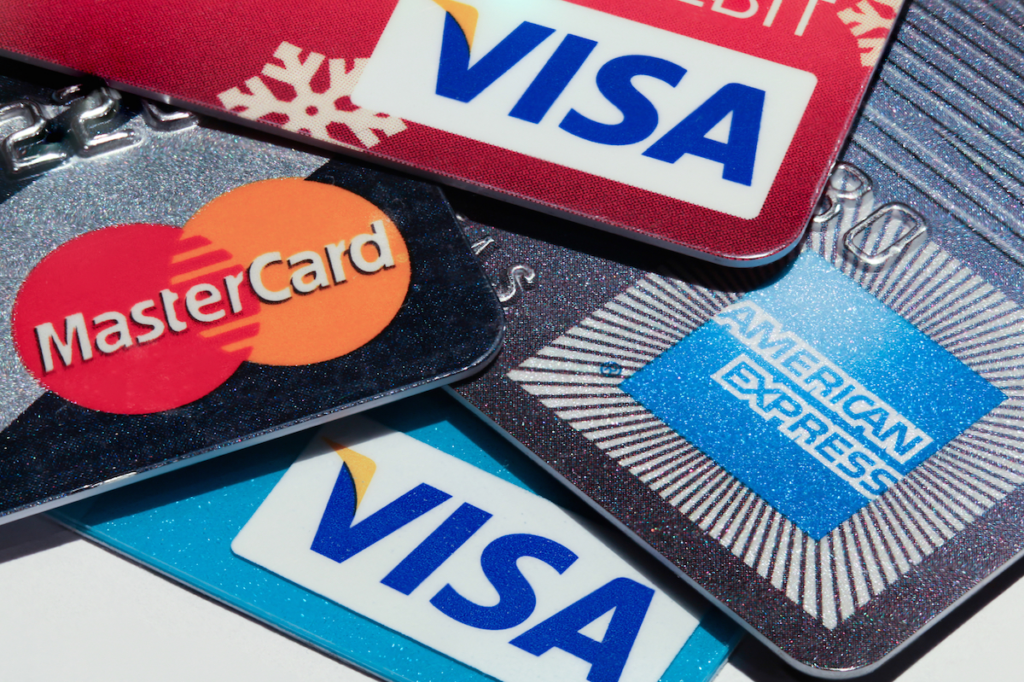
Banks and financial companies issue these cards, a widely accepted form of digital payment online and at physical stores.
- Bank Transfers

Banks offer online money transfers from one account to another. It is often used to pay bills, send money to individuals, or make purchases.
- Mobile Payment Apps
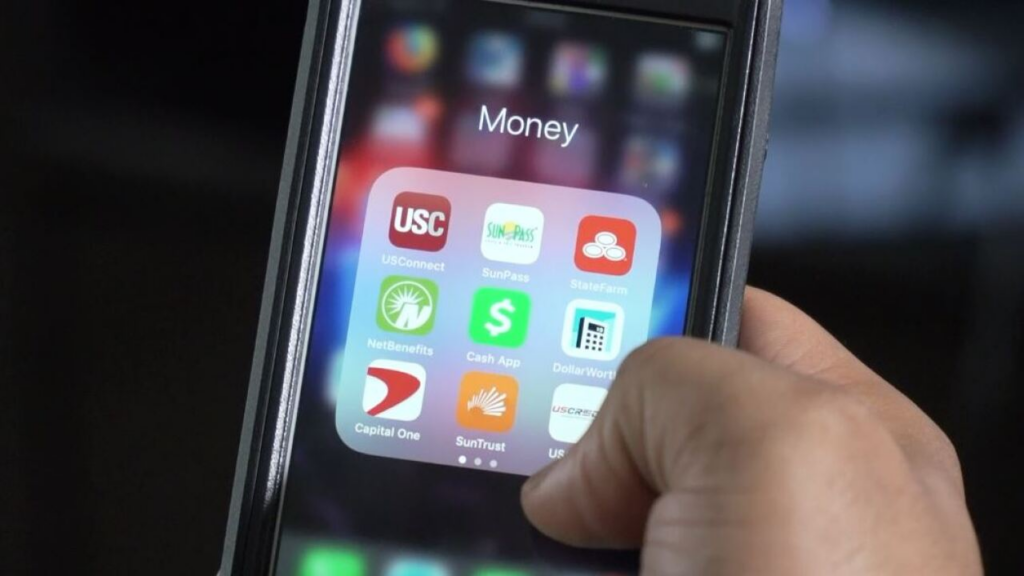
These smartphone applications store your payment information and enable you to transfer payments with a button.
- Digital Wallets
These online services or apps store multiple payment methods for ease of use. They are useful for making payments, storing and using loyalty cards, and even splitting bills among friends.
- Cryptocurrencies

These are either digital or virtual currencies that are secured with cryptography. They are primarily used for online transactions and are decentralized, meaning any government or central authority does not control them. Bitcoin is a well-known example of a cryptocurrency.
- Contactless Payments
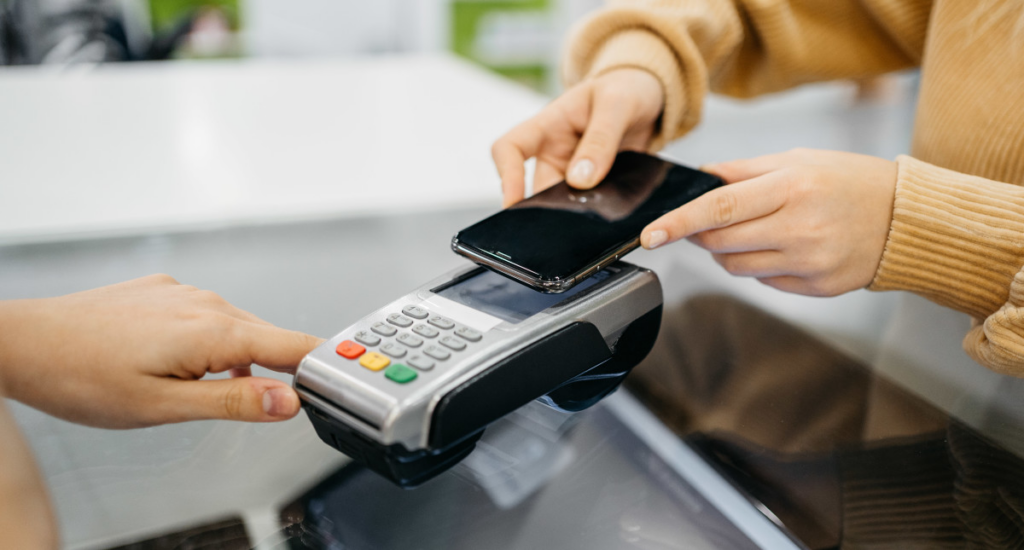
These are made by simply tapping a contactless card or smartphone onto a compatible card reader. They’re fast, easy, and do not require the user to input a PIN for transactions under a certain value.
What to Do When Cash is No Longer Accepted
The adage ‘cash is king’ is quickly becoming obsolete today. More and more businesses are leaning towards cashless transactions, making it essential for everyone, including seniors, to adapt to this change. Going cashless might sound daunting for many seniors, but with a few steps and precautions, it can be a seamless and beneficial transition.
Here are some practical tips for seniors on what to do when cash is no longer accepted:
- Using Mobile Payments

Mobile payments have grown in popularity as one of the most popular types of digital payments. They offer convenience and security, making them an ideal choice for seniors. Wallet apps like Apple Pay, Google Pay, and Samsung Pay can be set up easily on a smartphone, allowing users to purchase with a tap at the checkout.
Moreover, these apps use tokenization technology, ensuring that the card details are not exposed during the transaction, thereby adding an extra layer of security. Seniors may require assistance setting up these applications at first, but they can greatly simplify their daily transactions once they do.
- Self-Checkouts

Self-checkouts are becoming increasingly common in grocery stores and often require card or mobile payments. Seniors can take advantage of these to avoid long lines and to have more control over their shopping experience. Using self-checkouts can be empowering, allowing seniors to become more self-reliant and less dependent on cash. It’s a good idea to practice during off-peak hours when there’s less rush; soon enough, it will become second nature.
Tips on Managing Digital Payments For Seniors
As the trend of cashless transactions continues to grow, seniors need to adapt to this new era of digital payments. However, the world of digital finance can seem daunting to those more accustomed to traditional cash transactions. To help make this transition smoother, we will provide some practical tips to effectively manage digital payments for seniors.
- Understanding Digital Payment Options
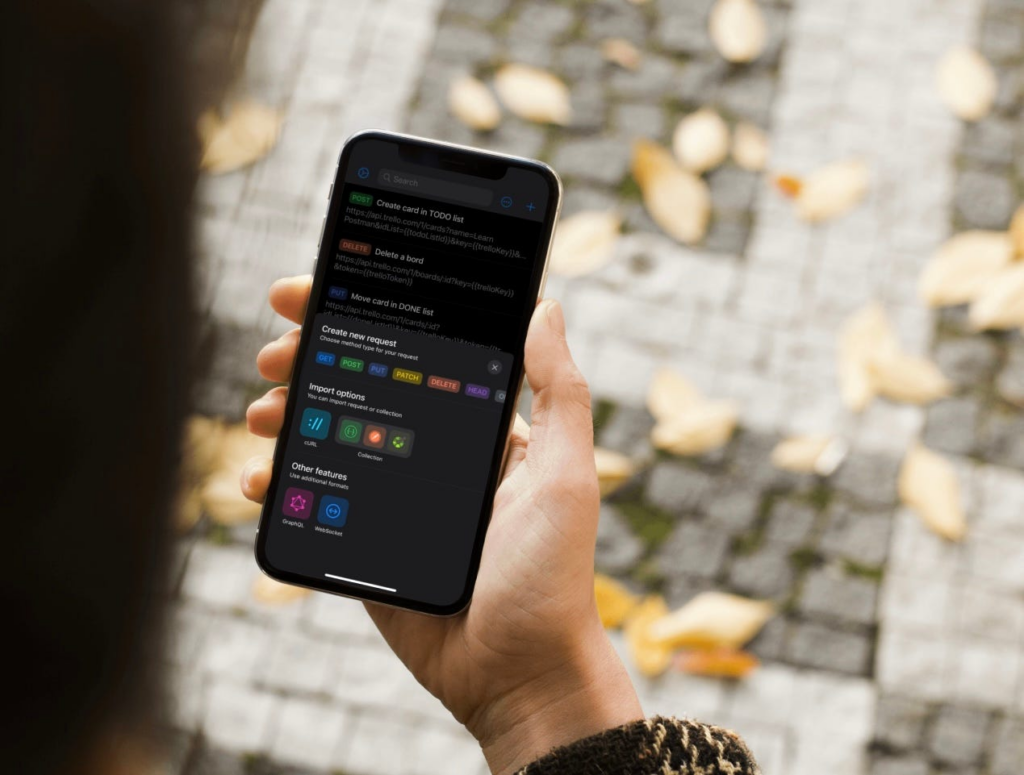
The first step for seniors in managing digital payments is understanding the different payment options available. Many options exist, from credit and debit cards to bank transfers and mobile payment apps. It’s essential to explore each option and understand how they work to choose the most suitable ones.
- Attending Digital Literacy Workshops

Many community centers, libraries, and banks offer digital literacy workshops designed for seniors. These workshops can teach seniors how to navigate the digital payment landscape, from setting up online banking to making transactions with mobile payment apps.
- Ensuring Online Security

When making digital payments, it’s crucial to maintain online security. Seniors should ensure they have unique and strong passwords for their online accounts and payment apps. They should also be wary of phishing scams that seek personal information.
- Keeping Track of Digital Transactions
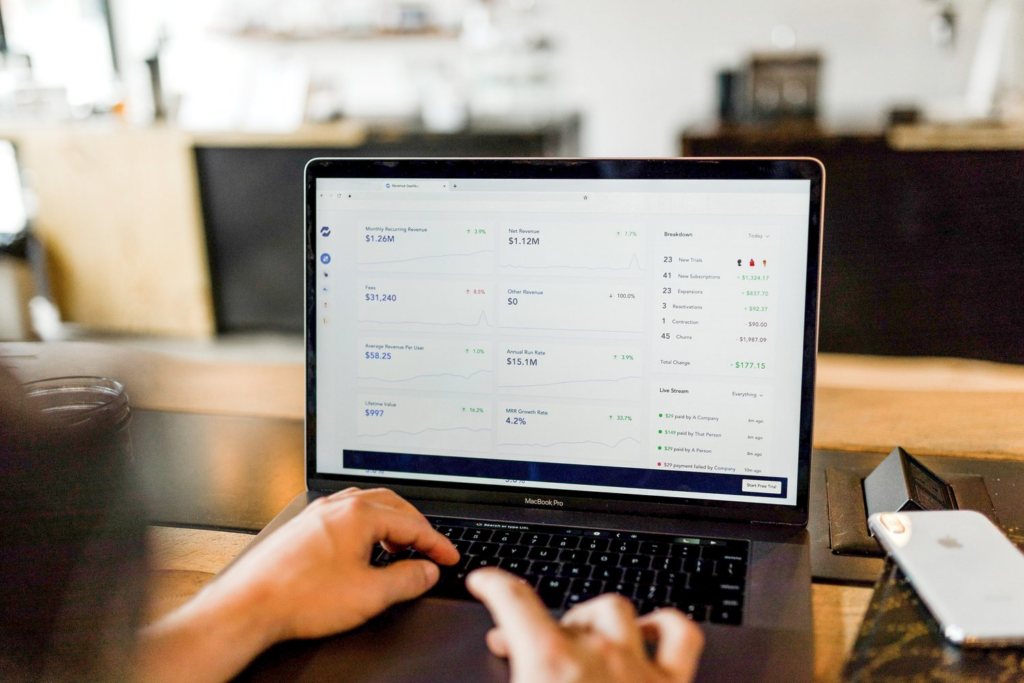
One of the significant benefits of digital payments is the ability to track transactions easily. Most payment apps and online banking platforms provide detailed transaction history, which can be a powerful tool for managing finances.
Following these suggestions and being proactive in their learning can help seniors navigate the world of digital payments with confidence and ease. They will soon discover that going cashless offers convenience and enhances their financial management abilities.
Future of Cashless Transactions
The march towards a cashless society underscores the rapid changes transforming our daily transactions. The future is increasingly digital for every age demographic, including seniors. Understanding how seniors can go cashless and adapt to these changes is critical to ensuring they can fully participate in this new economic landscape.
Embracing digital payments for seniors presents numerous advantages – it promises enhanced convenience, improved security, and a streamlined method to keep tabs on personal finances. Thus, this is an opportunity for seniors to acquire new skills and adapt to this digital revolution. Regardless of age, no one should be left behind as our world advances. When seniors wholeheartedly embrace the cashless trend and become comfortable with digital payments, they unlock a sense of empowerment and readiness for the future of transactions.

